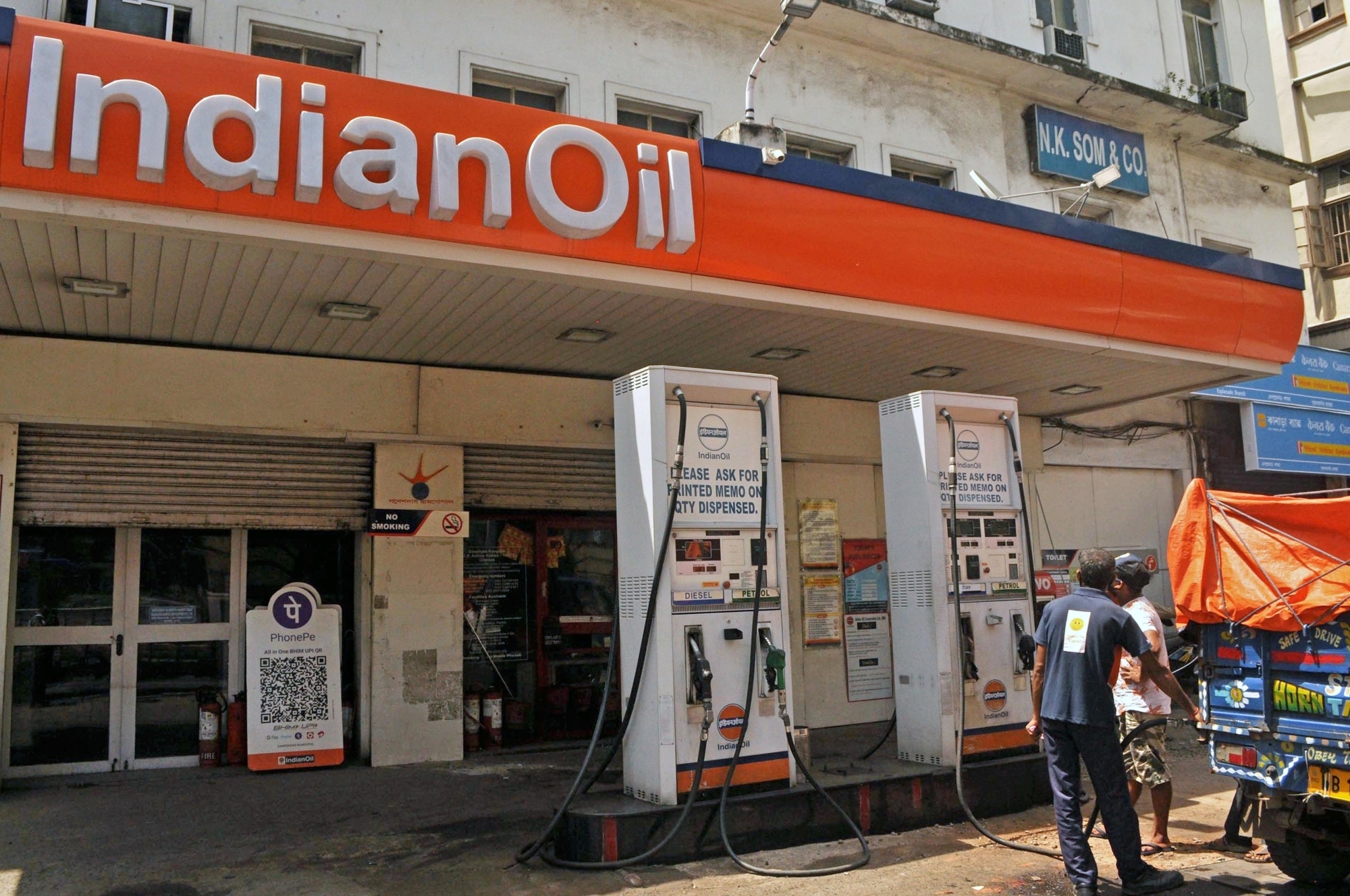
 Sushma Ramachandran
Sushma Ramachandran
The common man is feeling the pinch of higher fuel prices over the past few weeks. Petrol and diesel prices have reached record highs while LPG prices have also been raised yet again. The reason for higher prices of petroleum products is firming up of rates in the world crude oil market. This is a big change from a year ago when prices had crashed owing to the pandemic and the fall in demand. The situation has now improved significantly as consumption has picked up both in developed economies as well as major oil importers like China, India and Japan.
It must be pointed out, however, that when international prices fell last May, consumers in India did not reap the benefit. The government quickly stepped in at the time to raise excise duties on petroleum products to match the decline in actual import costs. The increase in excise duties was as much Rs. 13 per liter for petrol and Rs. 11 per liter for diesel. The net result was there was little change in retail level prices but the government was able to mop up higher revenues. In contrast, now prices are being raised in proportion to the hike in global prices.
Movements in world markets are watched carefully in India as over 80 per cent of its oil demand is met by imports. In fact it is the third largest oil importer in the world, after China and Japan.
Vaccine Optimism
As for the current scenario in world markets, there is a wave of optimism owing to a perception that the Covid pandemic is finally winding down. Despite the fact that it continues to rage in the U.S., the U.K. and even parts of the European Union, there are now several vaccines available to deal with the virus. Vaccination drives have already been launched in many countries and it now looks as if a global economic revival is on the horizon.
The situation was very different last year after the Covid became a pandemic. Global crude oil prices plummeted so far that in May last year, the price of the American benchmark crude, West Texas Intermediate went into negative territory. It was actually a scenario where suppliers would have been paid to pick up stocks of the U.S. crude. This was, of course, a short-lived phenomenon as prices climbed back up within a day or two. At the same time, prices of the European benchmark Brent crude had also fallen to 30 dollars per barrel, in the wake of falling demand. The response by oil producers was to cut back on output, which in turn enlarged global inventories. Prices began rising about three months ago. Brent crude prices which were hovering around 40 dollars per barrel at the end of October have risen by as much as 50 per cent since then.
OPEC loses dominance
The world’s oil market has been dominated for decades by the oil exporting cartel, the Organisation of Petroleum Exporting Countries (OPEC), led by Saudi Arabia. Till just a few years ago, OPEC was able to control international oil prices by maintaining production quotas for member countries. But it was not able to control prices in recent years and was joined in its efforts by Russia and other non-OPEC oil producers. The joint front, known as OPEC + (OPEC plus) was formed largely to meet the challenge posed by rising oil availability from shale oilfields in the U.S. This new source of oil completely changed the equation for both OPEC and the world and led to a growing decline in world prices.
Ultimately the efforts of OPEC plus did succeed to some extent and prices reached 60 dollars per barrel in January 2020. This was followed by the roller coaster ride of the market during the Covid crisis for the rest of the year.
Now a year later, oil is back to the same level. This is due to several factors. Firstly, as mentioned earlier, it has been helped by the improved economic outlook and growing consumption in major economies. In addition, the prospect of a large U.S. stimulus package has heightened expectations that economic revival with be on the fast track. Secondly, oil producing countries are continuing to maintain production quotas. For instance, Saudi Arabia has cut output by one million barrels per day. Thirdly, the huge inventories built up over the last year have gradually been whittled down.
The immediate impact on India is that its cost of oil will go up. Already the basket of crude oils imported by this country has risen to about 54 dollars per barrel as against an average of about 35 to 40 dollars per barrel during the 2020-21.
The bygone good phase
The lower oil prices had helped in bringing the oil import bill down significantly in the current fiscal. The data for the first six months showed a decline of nearly 60 per cent in terms of value. The oil import bill in 2019-20 was estimated at 101 billion dollars, slightly lower than the previous year. It thus looks as if the import bill may be in the region of 50 billion dollars in the current fiscal. However, the latest trend of rising prices in world markets means that the cost of oil will probably be back to over 100 billion dollars in 2021-22.
The question is: how it will affect consumers. Firstly, the rising costs of fuel will have a cascading effect on inflation. Efforts are already being made to contain inflationary pressures on the economy and the rise in oil prices will make this task a difficult one. Second, the rising retail prices of petrol, diesel, and LPG will hurt consumers who have already been hard hit by the pandemic during the past year.
This will only add to the burden for those at the bottom of the pyramid and who have already faced loss of livelihoods in the past difficult months.
It would thus be entirely in the fitness of things if the government were to absorb any further price increases in petroleum products rather than pass them on to the public. Excise duties were already hiked last year to mop up revenues. It is now high time to ease the burden for the common man.
